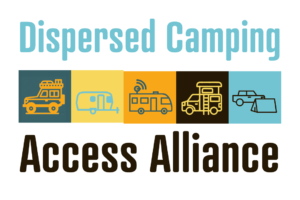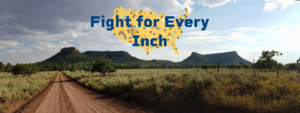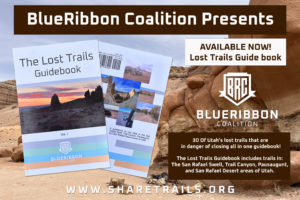Just east of Taos, New Mexico, the U.S. Forest Service, is proposing forest treatments on 83,265 acres in the Carson National Forest. This project is proposed to address potento.0hial wildfire risks within the national forest for watershed restoration. Although this project has a title targeting watershed and vegetation improvement a major portion of the proposal includes decommissioning routes. During previous travel management planning, this area saw hundreds of miles of closures already. The routes they are claiming are “user created” have been there for generations giving access to the forest to local communities for wood gathering, hunting and other uses. This treatment should not be used as justification to close even more roads to the public. The means in which the forest service will be addressing hazardous fuels and potential wildfire risks could use some improvement. Let the Forest Service know by July 17, 2024 to manage the forest with best practices, and keep roads open to users. This project should not be used as an excuse to decommission routes.
The primary form of treatment will be prescribed burns. Although prescribed burns can have their place, there are other treatment methods the Forest Service can be using beforehand to treat the forest that are less risky. Vegetation and fuels reduction is proposed on only 54,731 acres and prescribed fires on the entire 83,265 acres of the project area.
The other major concern is the amount of roads that will be needed to carryout the proposed project but will then be decommissioned or not available to the public. If the agency is using these roads and building them in order to prevent wildfire, these roads should also be open and available to the public in order to take advantage of other benefits from roads and motorized trails.
This project is meeting the needs of the Bipartisan Infrastructure Law and the Inflation Reduction Act that aims to reduce wildfire on public lands by providing funding for fuel breaks. Because tax dollars are being used to fund this project through this law, these fuel breaks along roads should be open as motorized trails in order to provide a different recreational experience for motorized users. The 112.1 of total new road construction will not be available to the public as the current proposal stands. There are also 141.4 miles of roads that are currently designated as “non-system” roads that will be decommissioned. The USFS should formally adopt these roads into the forest service system as they have a long history of use in this forest.
The map below shows the new temporary routes that will be built and decommissioned afterwards.







